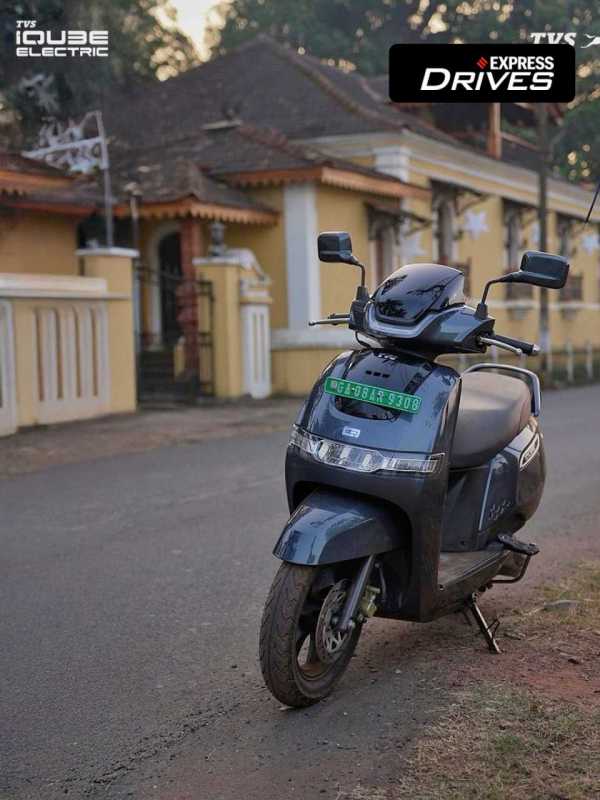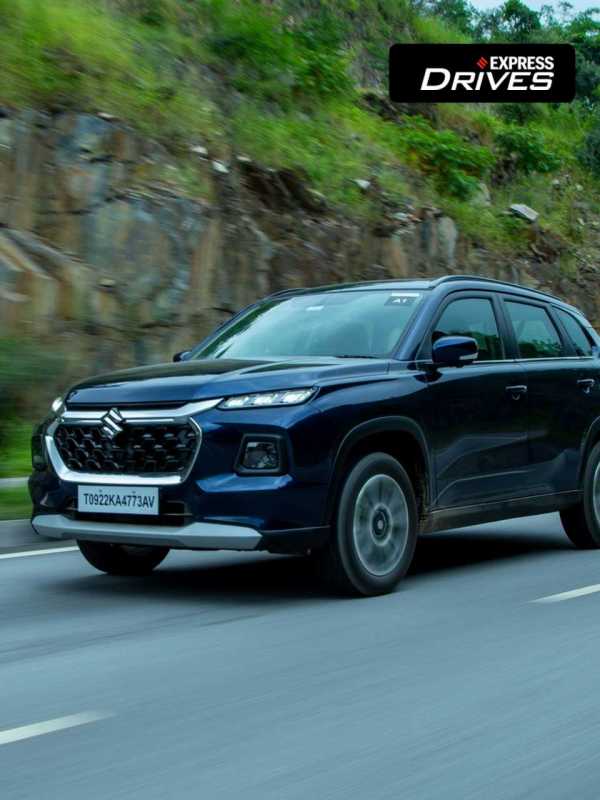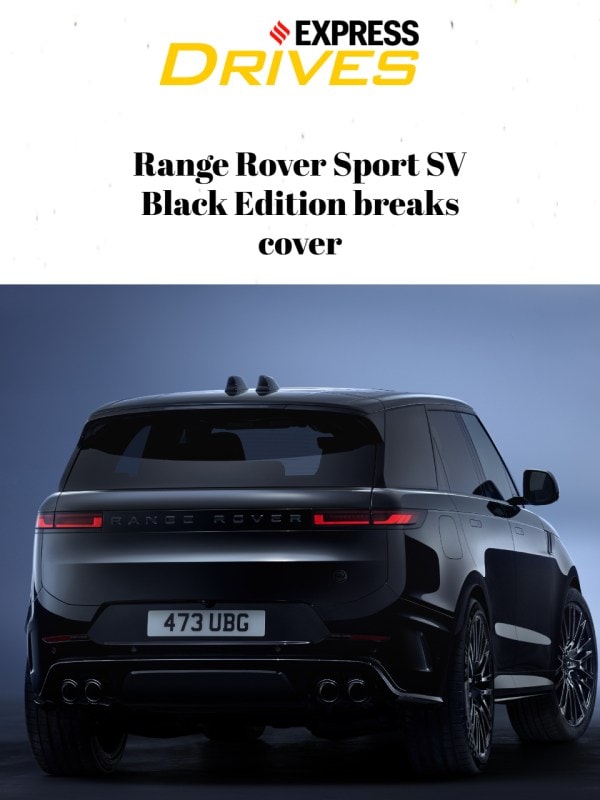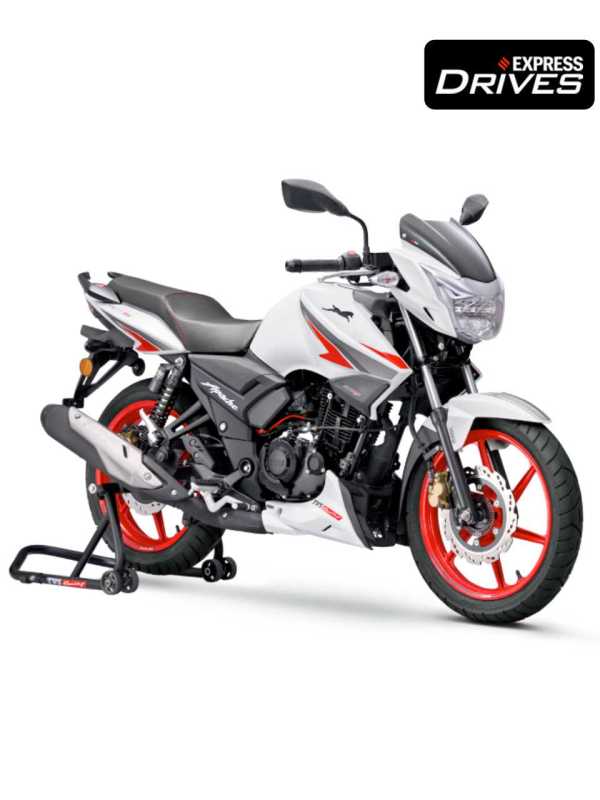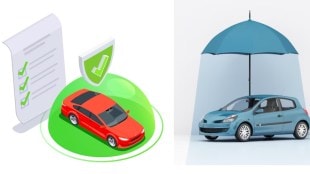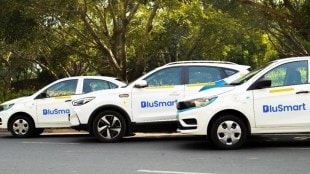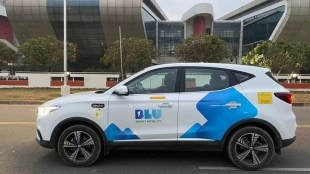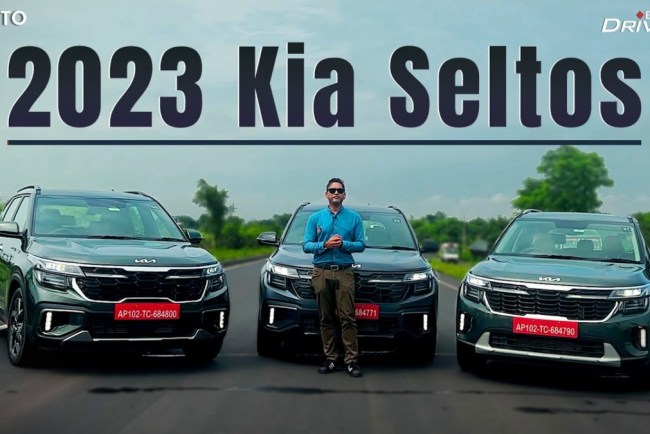The Ministry of Heavy Industries has released the Standard Operating Procedures under the PLI (Production Linked Incentive) Auto scheme to testing agencies.
Applicants under the scheme will now need to submit their applications for testing and certification of AAT products (both OEMs and components), which will help them qualify for incentives under the PLI Auto scheme.
The Ministry aims to boost the domestic manufacturing sector and reduce dependence on imports, thereby creating more job opportunities for the citizens. The government says it is committed to promoting skill development and entrepreneurship in the country, and this initiative will help in achieving that goal. The scheme is expected to attract significant investments and help India become a global hub for automobile manufacturing.
It was in September 2021, the Ministry of Heavy Industries (MHI) had notified the Production Linked Incentive (PLI) Scheme for Automobile and Auto Component Industry in India with a budgetary outlay of 25,938 crore. It proposes financial incentives to boost domestic manufacturing of advanced automotive technology (AAT) products and attract investments in the automotive manufacturing value chain. The scheme has two parts: Champion OEM, which will make electric or hydrogen-powered vehicles, and Component Champions, which will make high-value and high-tech components.
The prime objective includes overcoming cost disabilities, creating economies of scale, and building a robust supply chain in areas of advanced automotive technology products. The scheme also aims to generate employment in the country.
To facilitate the automobile industry’s move up the value chain into higher-value-added products
MHI, on November 9, 2021, notified the categories of 19 AAT vehicles and 103 AAT components that shall be covered under the scheme. These components are either advanced or latest-technology automotive components, those for which the supply chain is non-existent in India, or both. Thus, with this scheme, India would be able to increase its share in the global advanced technology and automotive supply chains.
Domestic Value Addition
As per the guidelines laid down by the government, PLI applicants must achieve a DVA (Domestic Value Addition) of 50 percent to claim incentives under the scheme. The auto companies and component makers are required to calculate and present the DVA across their supply chain and present these details to the testing agencies. This is being done to promote the Make-in-India campaign and boost domestic manufacturing of advanced automotive products.
A committee headed by Director ARAI Pune was constituted with members comprising all testing agencies – iCAT Manesar, NATRAX, Pune, GARC Chennai, and IFCI (PMA for PLI Auto Scheme), to make an SOP for calculating DVA, or domestic value addition. Accordingly, with this sharing of knowledge and views among the various stakeholders, the committee drafted the SOP after deliberating on all the suggestions received from the stakeholders. Consultations were held with all 85 applicants for the PLI scheme. These include 18 OEMs and 67 auto component manufacturing companies.
Through stakeholders’ consultations and continuous discussions, the industry shared various representations and suggestions. Further, the draft SOP was also shared with the stakeholders, including applicant companies, from time to time for their input and feedback. Further, the Committee carried out a trial DVA calculation exercise with some of the OEM and component applicants on a selective basis.
The cross-sectoral learnings from implementing PLI schemes have been adopted by implementing the experience gained by other ministries and departments. These included the Department of Pharmaceuticals (DoP), MNRE, MeiTY, the Department of Expenditure, the Department of Pharmaceuticals, the Ministry of Steel, and other concerned ministries.
After 3 rounds of detailed stakeholder consultations, the committee has come up with a draft SOP consisting of a desk appraisal and field visits to the applicants and their suppliers’ manufacturing facilities, a techno-commercial audit of the applicants, and a periodic surveillance assessment, which would provide a greater level of assurance to all the stakeholders. The SOP specifies procedures for the same in sufficient detail.
The SOP has now been released by the testing agencies, and this will allow the applicants under the PLI scheme to apply for approval of AAT products (both OEMs and components).
Enabling ease of doing business
The government of India, with a view to promoting ease of doing business, has taken care to devise simple procedures with the minimum paperwork needed to file an application under the PLI scheme.
The information with regard to imports up to the Tier 3 level has to be authenticated by the applicants up to the Tier 1 level only. However, no documents up to Tier 3 will be required to be submitted at the time of filing the application. The declarations submitted by the applicants will be adequate for most of the requirements under the scheme.
This will reduce the compliance burden on the applicants and promote faster applications and the disbursal of incentives under the scheme.
Suman Mishra, CEO of Mahindra Last Mile Mobility said the PLI will help the company introduce more sustainable, technology-driven, and affordable electric three-wheeler in India and contribute to a greener future for all.
K N Prasad, MD, Toyota Kirloskar Auto Parts, said, ” The SOPs released from MOHI, consist of simplified procedures with minimum paperwork as a standing testimony from MOHI to realise ‘Ease of doing business’. This definitely reduces the burden on the applicant and helps to speed up the overall process of application and approval process. At present, most of the advanced automotive technology components are being imported because of non-existent supply chain base. One of the key factors to get incentives under this PLI scheme is minimum domestic value addition criteria, and this will encourage more localisation and will boost domestic manufacturing sector and reduce dependence on imports, thereby creating more job opportunities. It would also contribute to the overall economic growth of the nation and enhanced export capabilities.”
Vikram Gulati, Country Head and Executive VP, Toyota Kirloskar Motor said, “We strongly believe that India is well positioned to play an important role in contributing to the growing global shift towards electrification. Given the capability of Indian auto industry and the strong continued government support, we are well on the way to make visible progress in establishing India as a critical manufacturing hub of advance, clean, green and efficient vehicles along their parts, at competitive prices.”






